Canals have been an integral part of how civilizations transport goods and people for centuries. The most prominent period that saw the construction of many of the world’s most important canals was the 19th century.
Today, some canals still have an important economic role, allowing the transportation of merchandise between oceans and significantly reducing the distance of trading routes.
Others are no longer used as trading routes and today are stunning UNESCO World Heritage Sites that lure in tourists and offer a tranquil spot for reflection.
These famous canals each have a unique history and cover impressive distances through remote landscapes.
7. Canal du Midi, France

The Canal du Midi is the oldest operating canal in Europe. It connects Toulouse and Sete, and is also known as the Languedoc Canal. It became especially important during the first and Second World Wars when it was used for merchant and cargo ships.
Surprisingly, it took just 15 years to build and was completed in 1681. It’s just shy of 150 miles long and is very narrow.
Whilst large, modern-day vessels can’t transit through the Canal du Midi due to its width, it’s still used for smaller boats and touristic cruises.
6. Rideau Canal, Canada
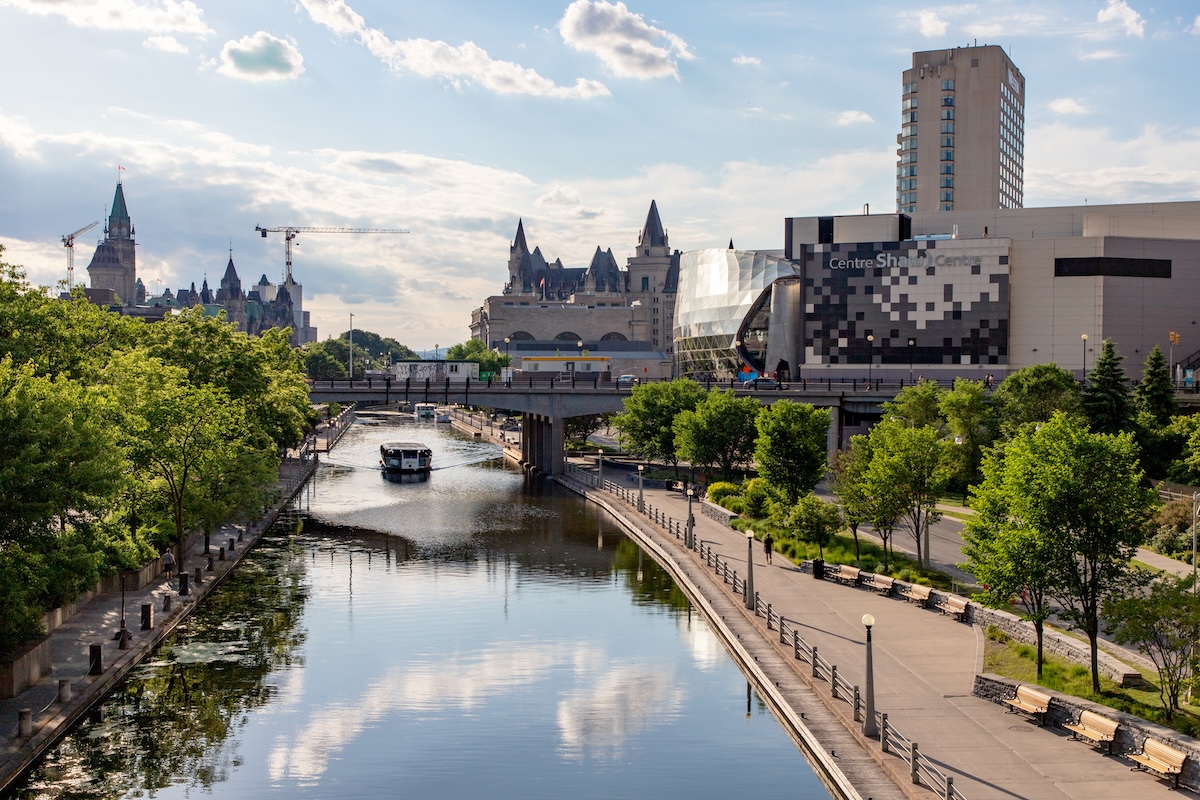
Known to be North America’s best-preserved slackwater canal, the Rideau was built in the 19th century and completed in 1832.
It’s 125.5 miles long and connects Ottawa to Kingston. Today it is a popular spot for cruisers, paddleboarders, and marine enthusiasts.
Whilst the canal no longer plays a vital role in Canada’s economy, it has become a popular UNESCO World Heritage Site that attracts lots of visitors each year. There are 24 historical lockstations and a series of dams and bridges along the route that you can visit.
5. Grand Canal, China
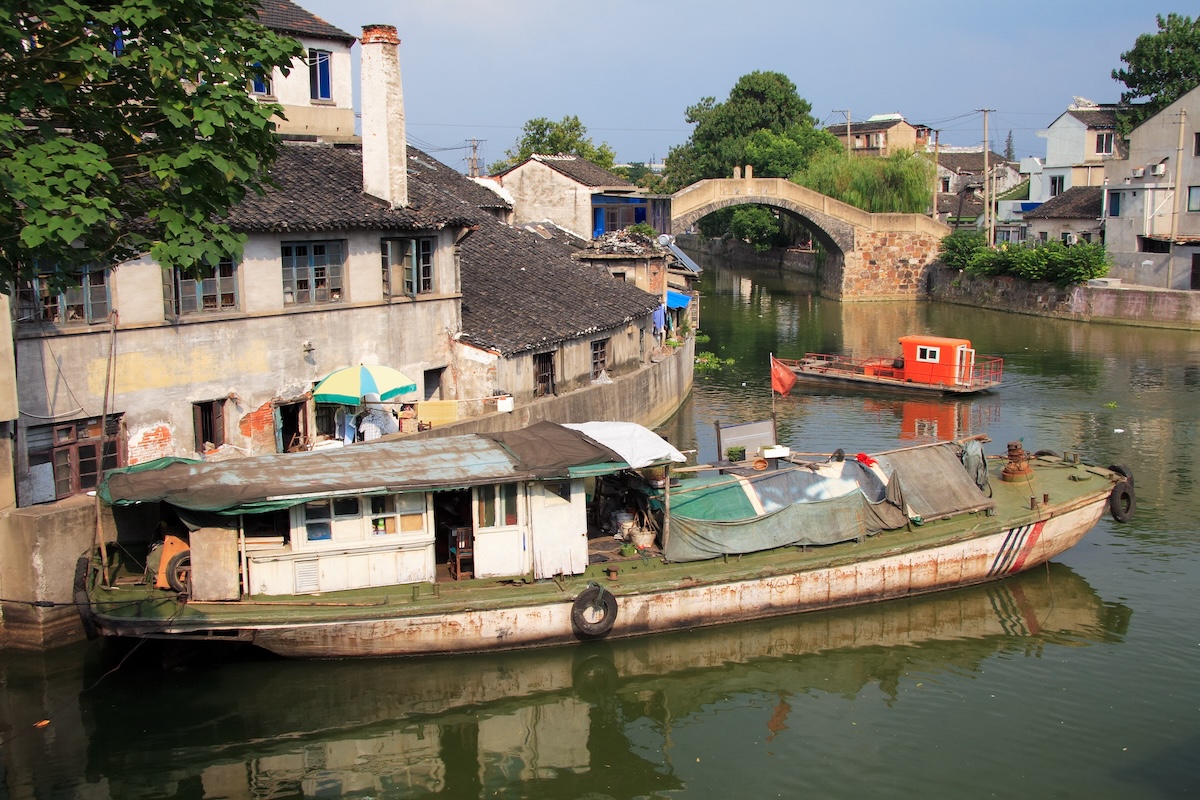
China’s Grand Canal is the oldest and longest canal in the world! It’s more than 1,104 miles long, and it connects the city of Beijing in the north to Hangzhou in the south.
Also known as the Beijing-Hangzhou Grand Canal because of this, its construction began in the 5th century BC during the Sui Dynasty and was completed in the 7th century.
Sections of the canal are still in use today and it’s a UNESCO World Heritage Site. It has had an immeasurable impact on the country’s economic and cultural development.
4. Corinth Canal, Greece
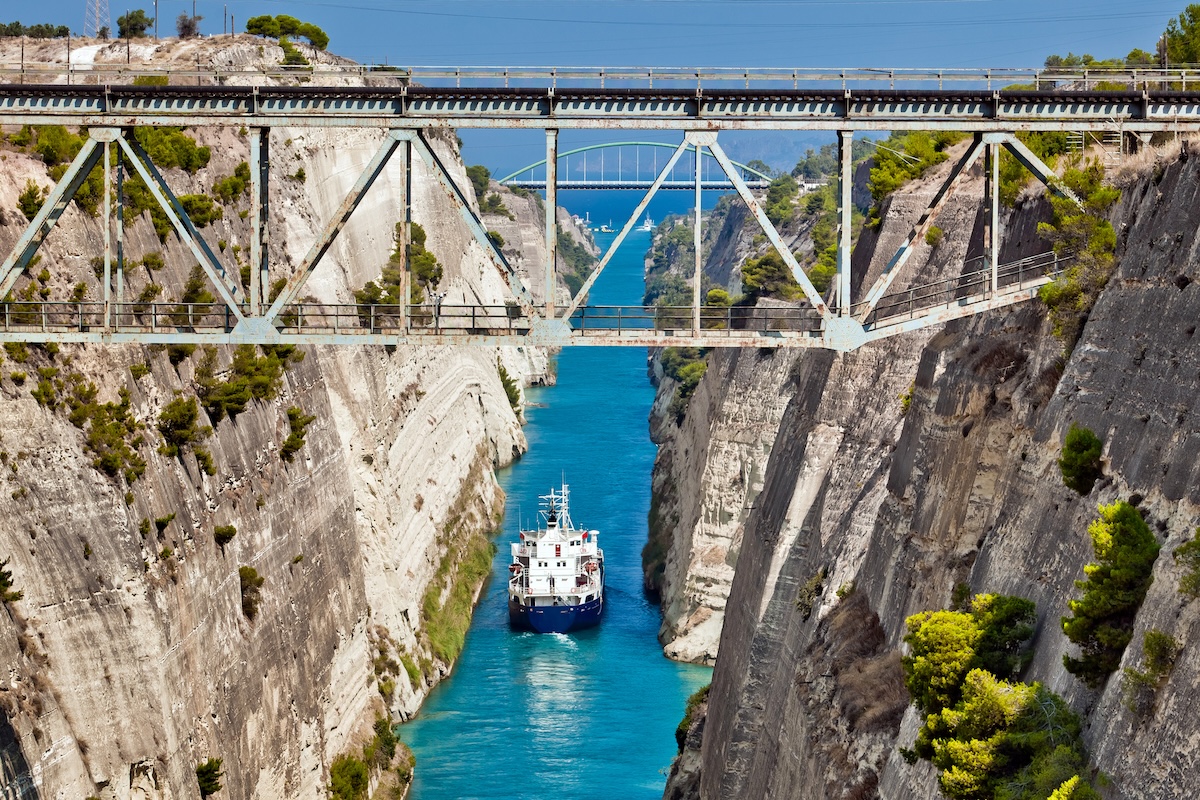
Whilst the Corinth Canal is very short, stretching just four miles, it’s one of the most drastic in appearance.
The canal cuts through steep Mediterranean rock walls that reach 260 feet in height. At points, the canal is so narrow that the boats passing through look as though they’re scraping their sides on the rocks.
Just 81-feet wide, large modern-day ships sadly can’t pass through the canal.
The canal connects the Gulf of Corinth with the Saronic Gulf in the Aegean Sea. Its construction didn’t begin until late in the 19th century, being completed in 1893.
3. Grand Canal, Venice, Italy
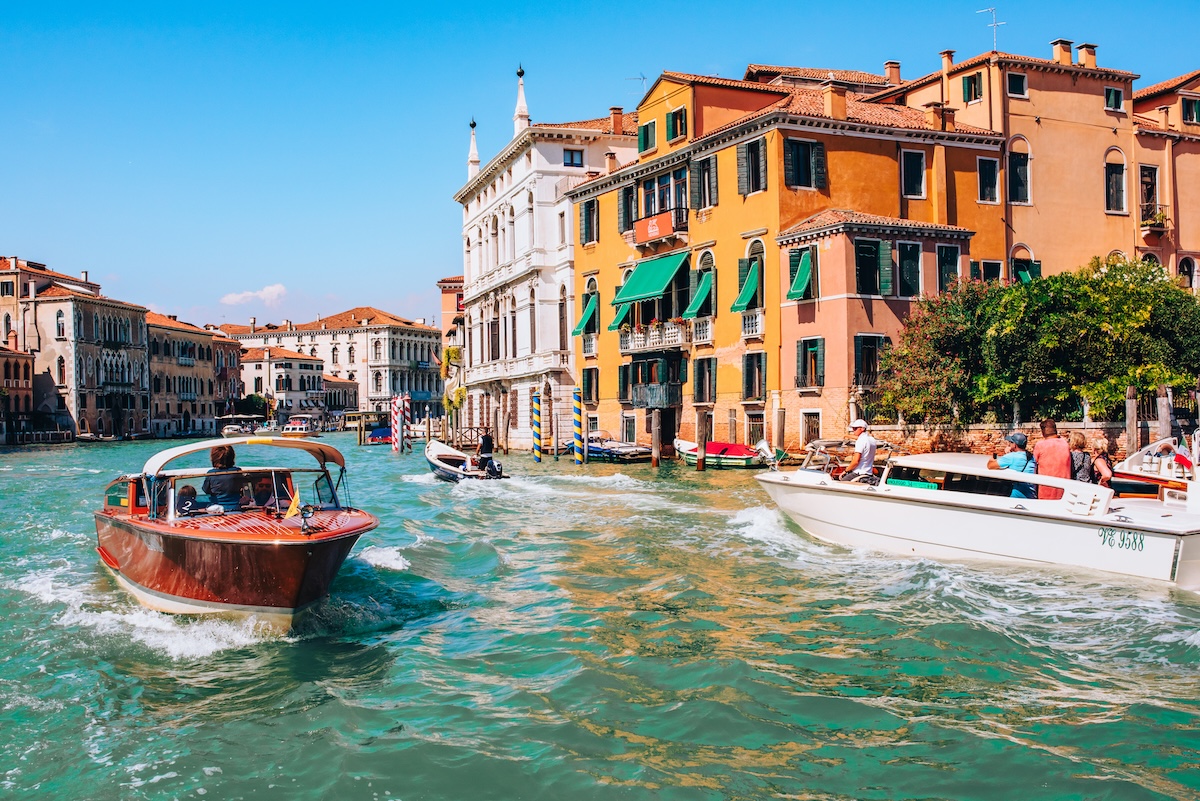
Without a doubt, the most beautiful canal in the world, the Grand Canal in Venice runs through the heart of this awe-inspiring little city.
The canal, known locally as the Canalazzo, is just 16 feet deep and 2.5 miles long. It is lined by more than 170 buildings that date as far back as the 13th century.
Hundreds of gondolas row their way up and down the canal each day and are the only way to access many of the entrance doors of the buildings along the Grand Canal.
Each year, the famous Regata Storica is held on the Grand Canal, featuring a waterborne procession of colorful fleets followed by rowing competitions.
2. Suez Canal, Egypt
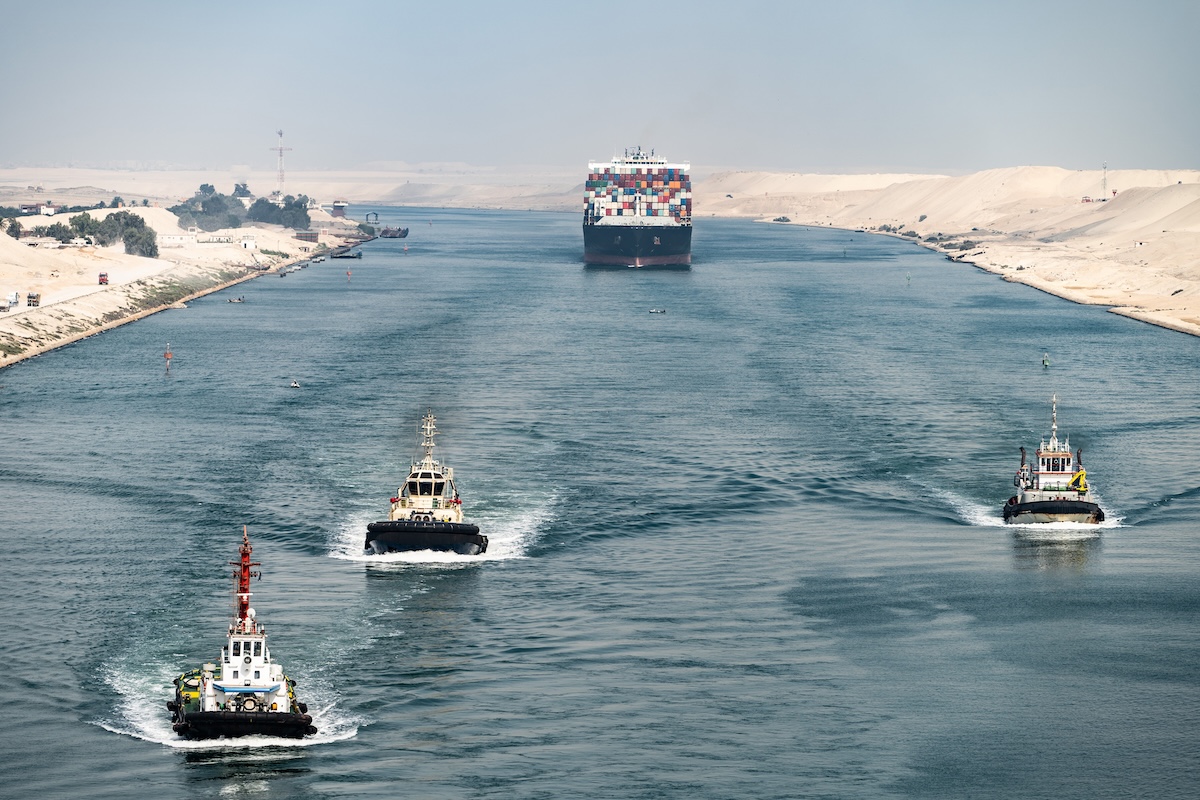
Connecting the Mediterranean Sea to the Red Sea, the construction of the Suez Canal was vital for commerce. It allowed ships to bypass the tiresome route around the Cape of Good Hope.
In the mid-19th century, the French engineer Ferdinand de Lesseps set out to build the canal, an idea that had been brewing for centuries. It was successfully completed in 1869, stretching a total of 120 miles.
Whilst most canals are characterized by a complex system of locks, the Suez Canal doesn’t have any as it traverses flat desert terrain.
1. Panama Canal
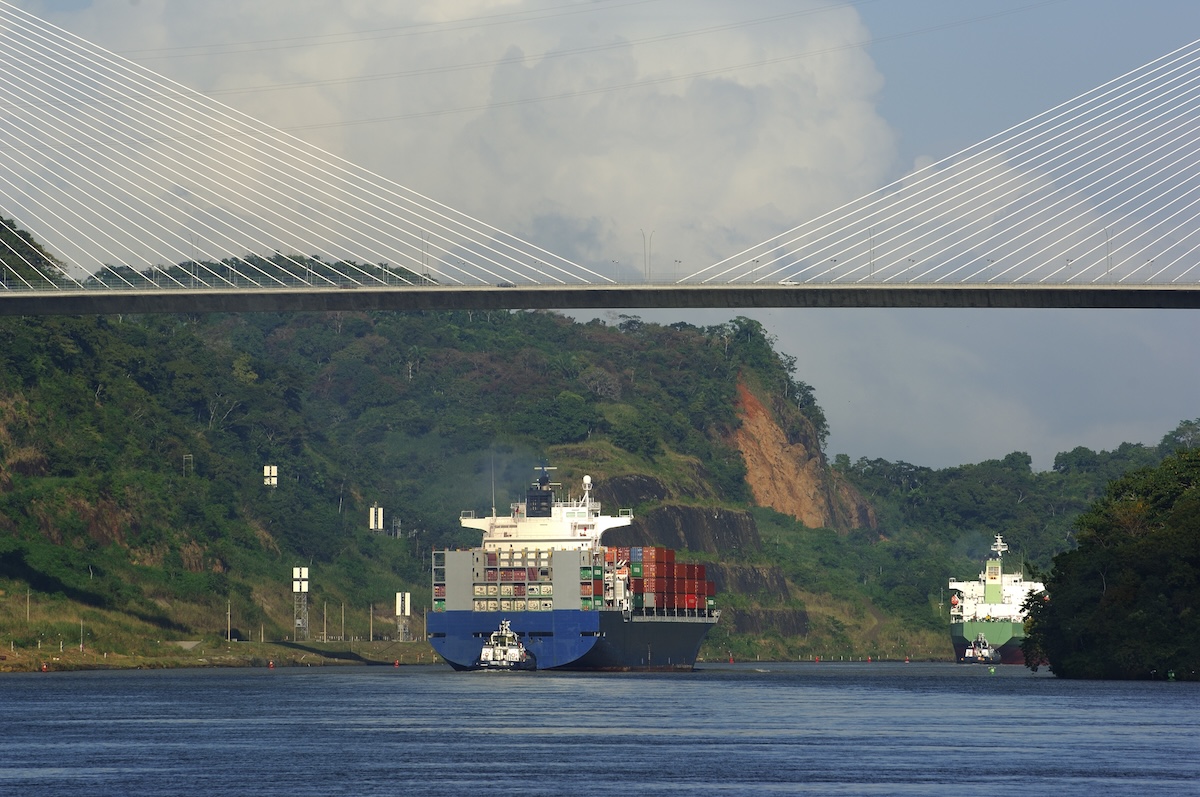
The Panama Canal connects the Atlantic and Pacific Oceans through the Isthmus of Panama.
It’s arguably the most important canal in the world because it allowed ships to avoid the treacherous Cape Horn route around the southern tip of America, which used to be the only way to get between these two major oceans.
It was early in the 16th century that the idea of building the canal started, but no real steps were made until late in the 19th century.
The canal was finished in 1914. Today, it’s estimated that the canal sees around 14,000 transits per year.

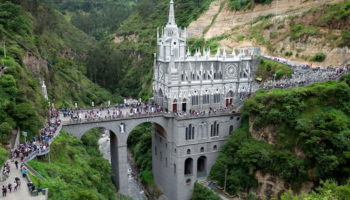

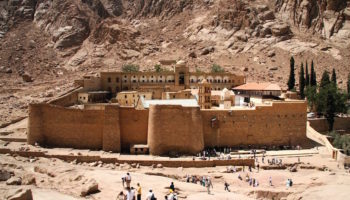


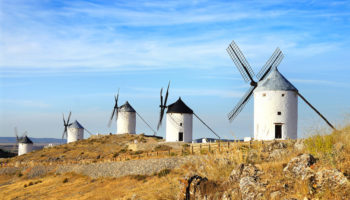
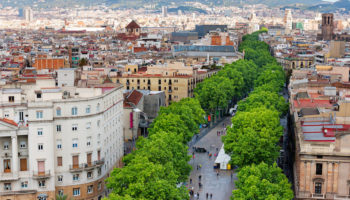

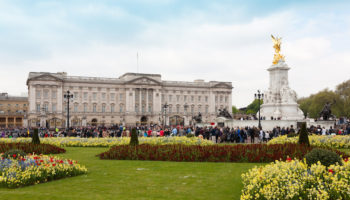
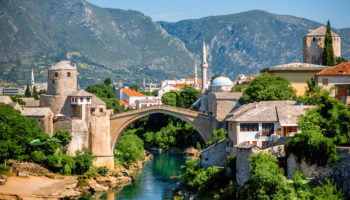

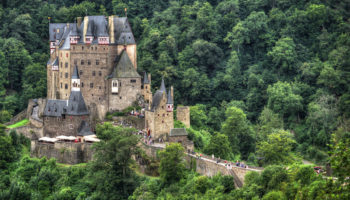
I enjoyed reading, but i assume you forgot to mention Corinthe canal Greece !!
The Erie Canal is a great trip that has been redone for pleasure craft. In thousand island region one must view the Rideau Canal and the Trent Severn waterway.
Absolutely beautiful photos!!
Beautiful canals
Surprised the Rideau Canal is not listed – a World Heritage site. Also, the Erie Canal.
what about suez canal??
that was a good info ….but dont you think you are forgetting something….the suez canal.Thats like one of the most important canals in world.
WOW that helped me alot in my geography project
Wow, what a great list. I’m a little disappointed that Venice, CA didn’t make the list, but with all of these wonderful canals, it’s understandable.
Lovely post. All these cities are wonderful places to visit. Bruges, with it’s proximity to England and it’s good transport links to the rest of Europe make an ideal destination for a week end break.